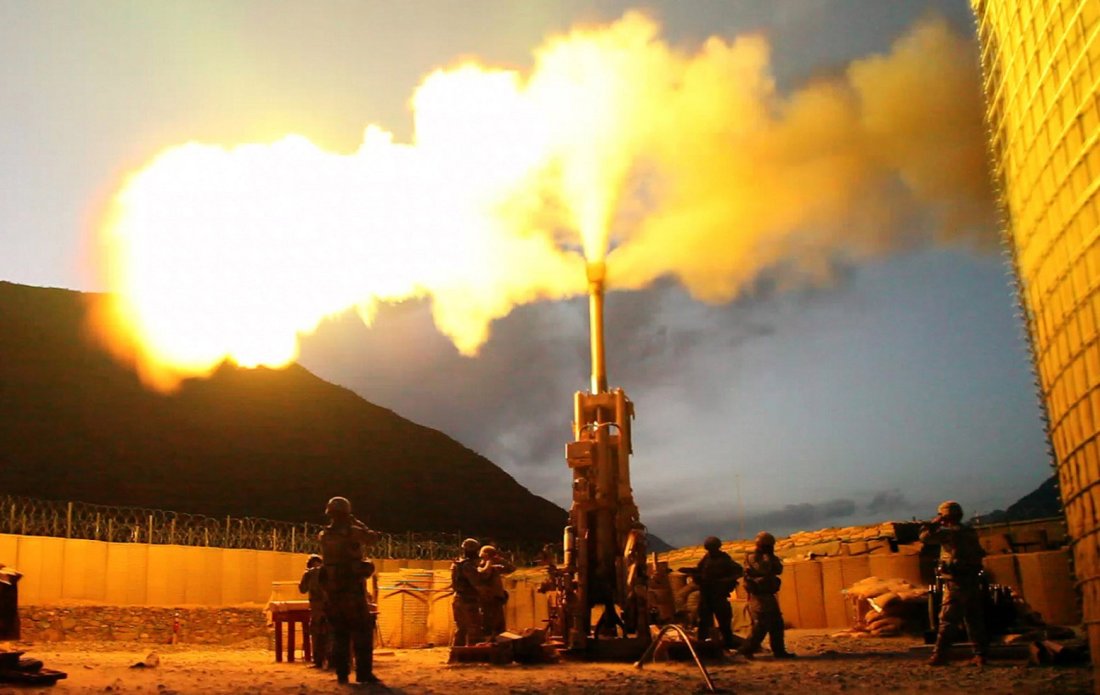By Anit Mukherjee
Status: In Progress – The Modi government has created a new portal to track its efforts to transition to a direct benefit transfer model in India
Difficulty: High – With the size of India’s population, and the difficultly in targeting remote and disconnected rural population, employing a comprehensive direct benefit transfer program remains difficult.
This is the thirteenth installment in a series of articles on the Modi Reforms Scorecard by the staff and experts at the Wadhwani Chair in U.S.-India Policy. The series seeks to provide analysis on why reforms marked as “Incomplete” or “In Progress” have not been completed, and what impact such reforms could have on specific sectors or the economy at large.
Direct Benefit Transfer (DBT) is one of the success stories of the Modi government. Started in 2013 under the previous government led by the Indian National Congress, DBT expanded significantly both in scale and scope during the last five years. From its inception, nearly $104 billion in government benefits has been transferred through DBT until May 2019. With nearly 600 million beneficiaries spread over 440 schemes under 55 different ministries, DBT has become a whole-of-government initiative under the National Democratic Alliance government. More importantly, DBT is now a platform with a defined protocol and process of onboarding existing programs and new initiatives such as the recently announced cash transfer for farmers (PM KISAN), providing future central and state governments with powerful tools to alleviate poverty and reduce inequality going forward.
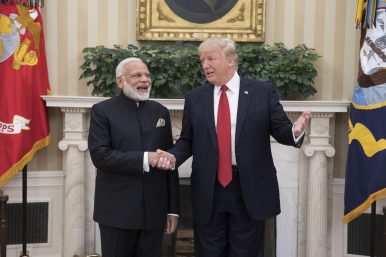
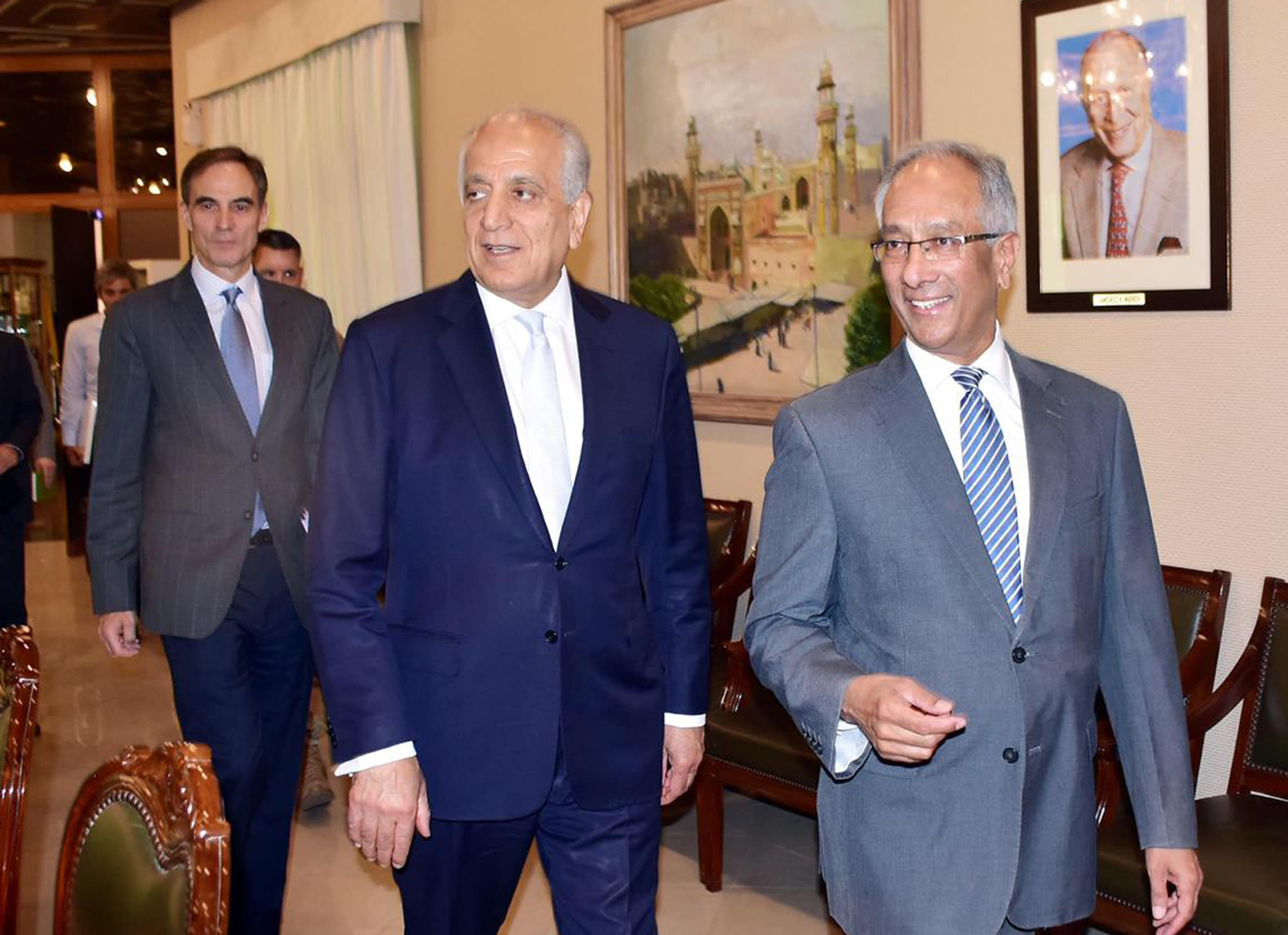

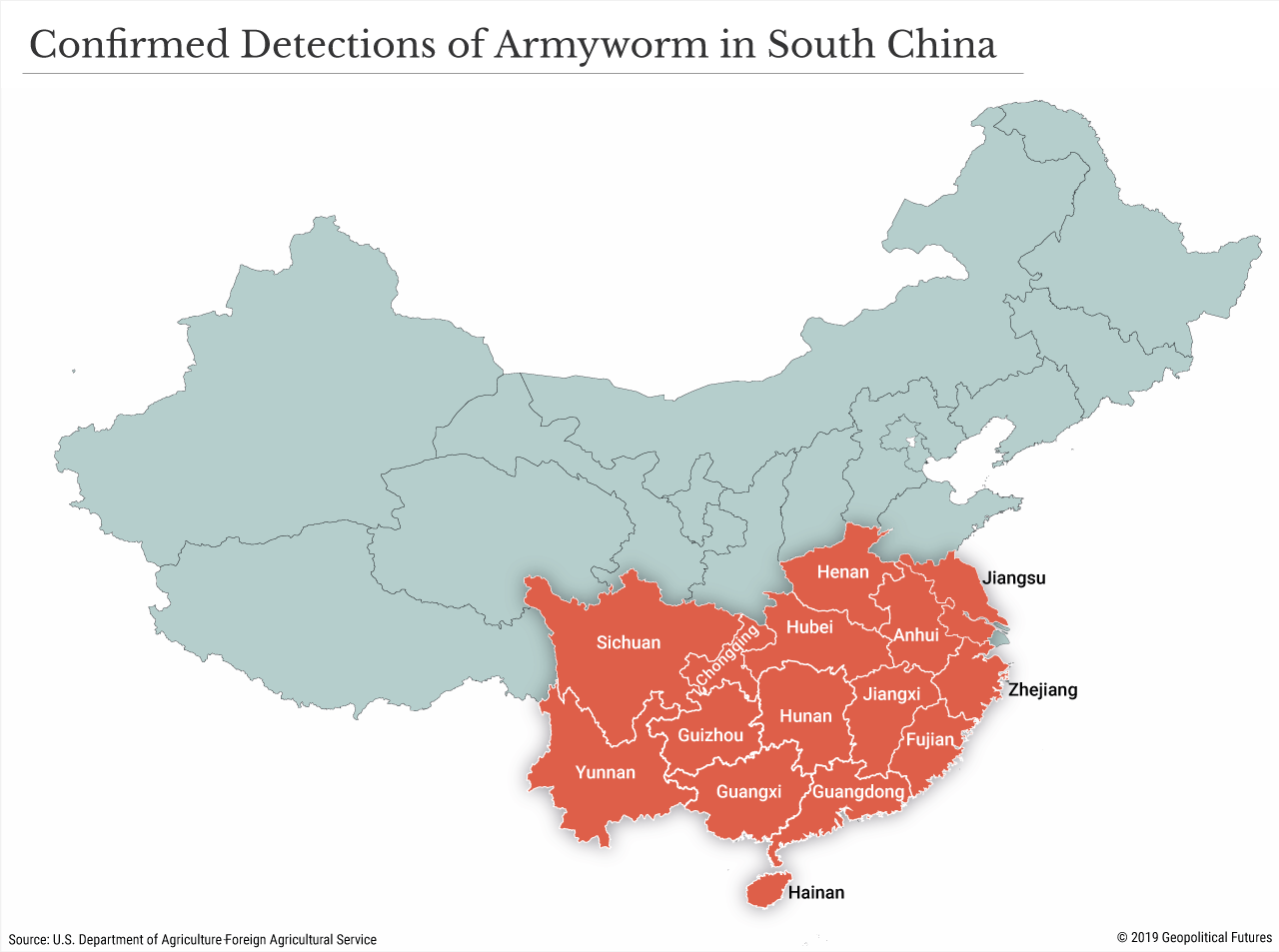







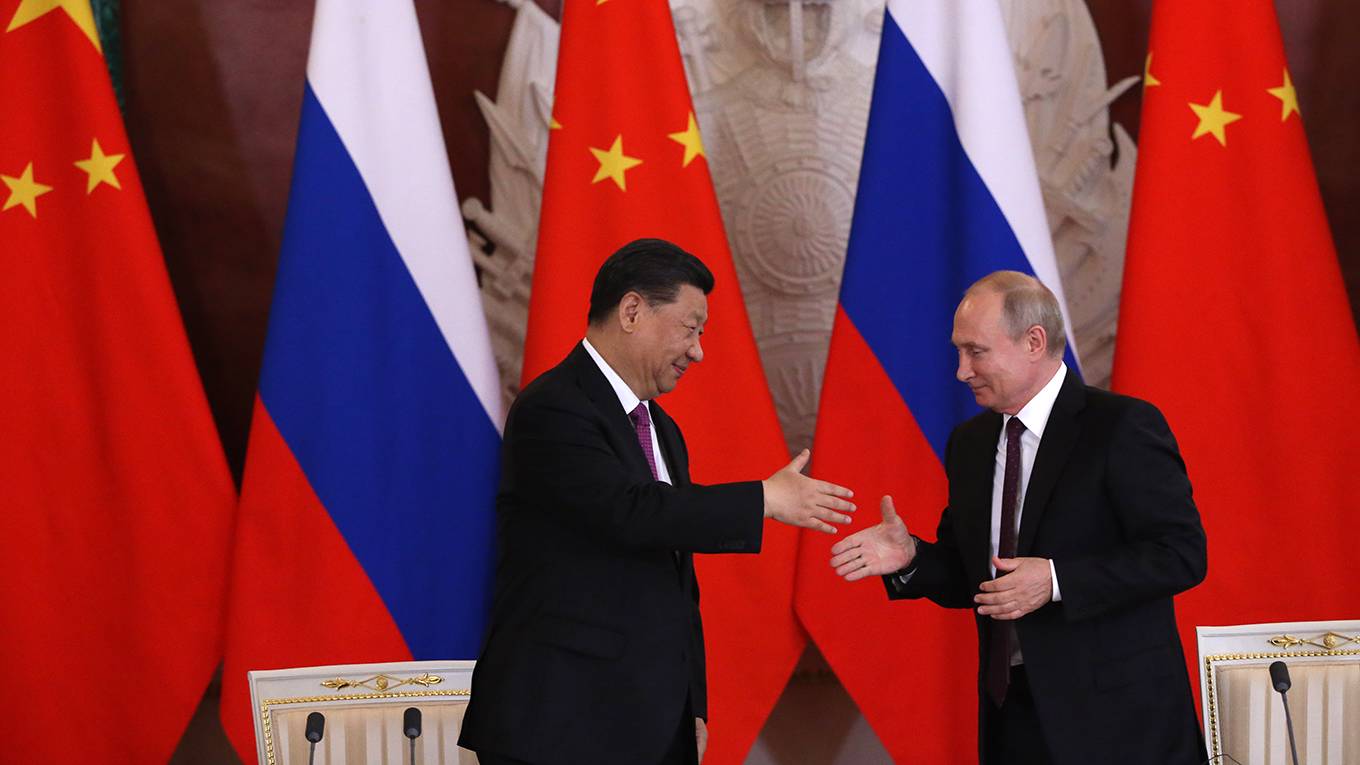





/arc-anglerfish-arc2-prod-mco.s3.amazonaws.com/public/XBUIO3AFBNE7NFJKLRZ4ZSMBU4.jpg)
/arc-anglerfish-arc2-prod-mco.s3.amazonaws.com/public/AENNUCWM7ZAC3OXTSACE6QWAAY.jpg)
/arc-anglerfish-arc2-prod-mco.s3.amazonaws.com/public/BAZK7C4CWRFW7PKI6JK2VQQJGY.jpg)
